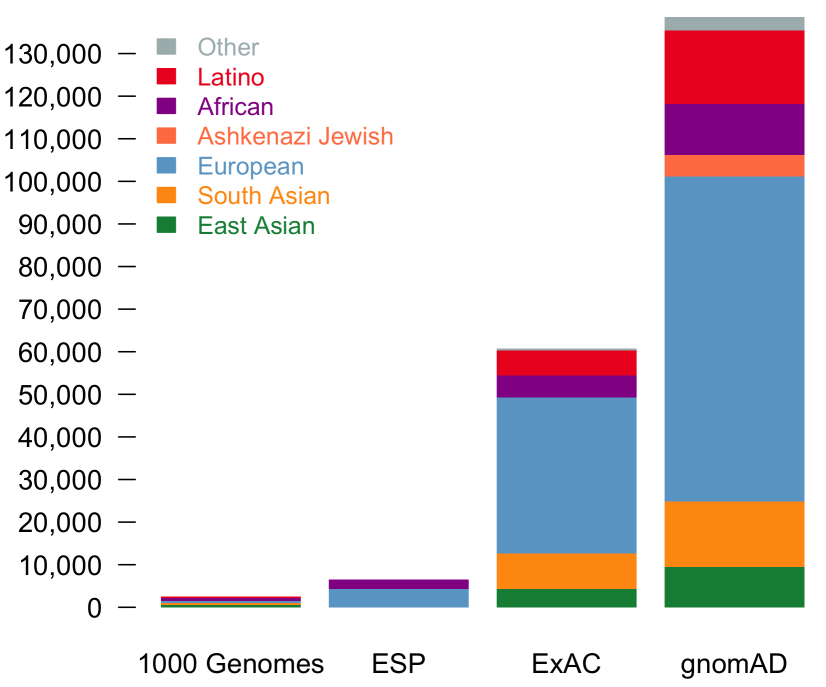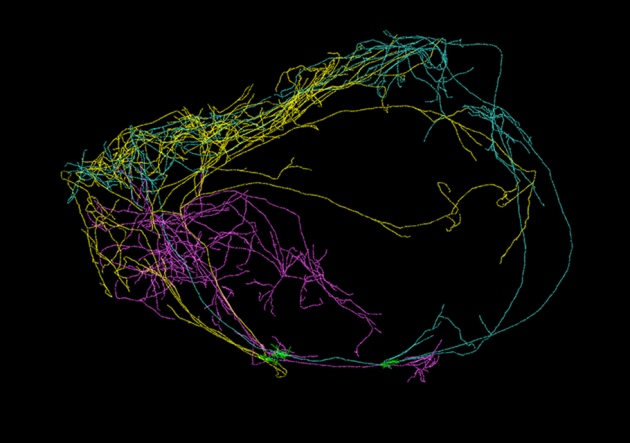Behavior boost; double data; common interests
Neuroscientists should not forget that brains have owners, a new genetic database makes its debut, and the intense interests of people with autism offer opportunities.
- Researchers lament modern-day neuroscientists’ lack of interest in behavior in an article in The Atlantic this week.
The story, titled “How brain scientists forgot that brains have owners,” explains how cutting-edge tools such as optogenetics and CRISPR allow researchers to explore the biology of the brain as never before. But the brain’s role in behavior is now studied “almost as an afterthought,” says John Krakauer, professor of neurology at Johns Hopkins University in Baltimore, Maryland.
Editors at neuroscience journals sometimes look askance at studies that prioritize behavior for “not having enough neuro,” says Asif Ghazanfar, professor of psychology at Princeton University. “It’s as if every paper needs to be a methodological decathlon in order to be considered important.”
In an op-ed for Neuron, Ghazanfar, Krakauer and three other neuroscientists call for an end to the “reductionist bias” in neuroscience today. “The neural basis of behavior cannot be properly characterized without first allowing for independent detailed study of the behavior itself,” they write.
- This week marked the official release of the Genome Aggregation Database (gnomAD) — a collection of sequencing data from more than 138,000 people.
The collection is twice as big as the Exome Aggregation Consortium (ExAC), which contains sequences from the protein-coding regions of the genome for about 60,000 people. The new database doubles the number of exomes and adds whole-genome sequences for more than 15,000 people.

Roughly 45 percent of the sequences in gnomAD come from individuals who are not of European descent. These include sequences from 12,020 Africans or African-Americans, 9,435 East Asians and 15,391 South Asians.
- A company that makes an app called Sidekicks launched an online survey in collaboration with the research and advocacy organization Autism Speaks. The survey is aimed at estimating the prevalence of ‘affinities’ among people with autism and understanding how individuals use these intense interests to enhance their lives. The rationale: Knowing more about affinities may open the door to connecting with people who have autism.
Ron Suskind, a journalist, helped develop Sidekicks to provide a way for parents to reach their children through their affinity. He described the app in a piece for Spectrum last week.
“After a 15- to 30-minute session with the app, children seem more responsive and engaging in person,” he wrote. “It’s almost as though they’ve limbered up for the wider conversation, building up their confidence to communicate with people.”
Suskind and his wife had difficulty connecting with their son Owen, who has autism, until they embraced Owen’s intense interest in Disney movies. They learned that they could use characters and dialogue from the movies to communicate with Owen and help him express his thoughts and emotions.
“Just by loving what he loved, we were signaling to him a whole basket of things that parents are traditionally able to signal to their children,” Suskind told Scientific American. “And the more we did that, the more he opened up.”
The family’s journey is the focus of “Life Animated,” an Oscar-nominated documentary.
- “Life, Animated” wasn’t the only movie touched by autism to earn an Oscar nod.
Marvel’s “Doctor Strange,” a film about a former neurosurgeon who enters a magical world after a car accident, was nominated for best visual effects. Jacob Fenster and Noah Schneider were on the movie’s visual effects team. They are also on the spectrum.
Victoria Alonso, who oversees production and visual effects at Marvel, says Fenster and Schneider helped the studio make the movie efficiently. Their laser-like focus was an asset to the process, colleagues say.
“For me, they have the perfect ability instead of a disability,” Alonso told ABC News’ Chicago affiliate.
- An amazing image in Nature this week shows how three neurons weave throughout the mouse brain. One neuron, depicted in green, appears to encircle the entire cortex — the brain’s outer layer. Most neurons in the brain project from one region to another.

The image is the work of the Allen Institute for Brain Science in Seattle, Washington.
- Making a career move? Send your news to [email protected].
Recommended reading

Expediting clinical trials for profound autism: Q&A with Matthew State

Too much or too little brain synchrony may underlie autism subtypes
Explore more from The Transmitter

Mitochondrial ‘landscape’ shifts across human brain

